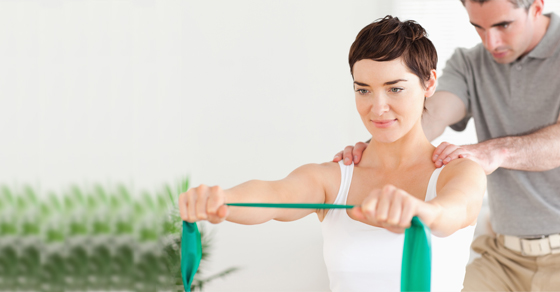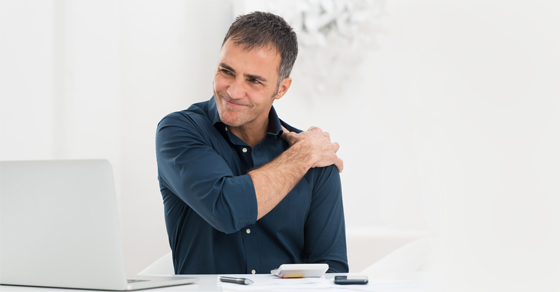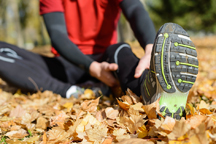What does it all mean?
As a physiotherapist, I spent 4 years learning how to talk using medical words. And sometimes we forget that our clients do not understand these special medical words. In fact, we forget that we often sound like an adult from a Peanuts movie….. Waa Waa Waa.
So what do all these medical words mean?
First some basic anatomy: a joint is where two bones come together. That is a pretty simple one. But most joints are surrounded by a capsule. This is a leather-like sac that holds fluid that works to lubricate your joint – much like WD40 on a rusty hinge. This fluid is called synovial fluid. This capsule has reinforced and thickened areas called ligaments. The ligaments hold bones together. Finally, joints are controlled by muscles. We have big ones most people know – like the biceps and hamstrings. But there are hundreds of little muscles. These little muscles help us with precision and posture. In order to cause movement, muscles need to be connected to bones. The tissue that makes this connection is a tendon.
So what are the most common injuries? Some of the most common words heard are strain, sprain and tendonitis. A strain is a pull or tear of a muscle and a sprain is a pull or tear of a ligament. Sprains and strains can be graded one, two or three. Imagine that the ligament or tendon is like a rope. Grade one – you have pulled the rope tight, and made it sore. Grade two – you have pulled it hard enough to fray the rope. Grade three – you have pulled the rope in two. Tendonitis is when there is swelling and irritation in the tendon. This is usually due to overwork or poor positioning while doing an activity.
Remember that as physiotherapists, we are there to help you and it is very important to us that you understand what is happening to your body. Please ask any questions that you have, we will be happy to explain any medical words.
Tag Archives: Health
Exercise: Disease Prevention and tips to include Daily exercise
Dr. Mike Evans is a family doctor who works for University of Toronto and St Michael’s Hospital. He also works for the Li Ka Shing Knowledge Institute. This institute presents medical information in an understandable way via you tube. A few years ago, Dr. Evans decided to find the most important single thing that someone could do to improve their health and prevent disease. His answer? Exercise. He created a video called “23 and half hours”, in which, he asks you to be at rest only 23 and ½ hours a day. You can see this engaging video here:
https://www.youtube.com/watch?v=aUaInS6HIGo.
For many of our clients it is difficult to be active for even 30 minutes a day. And although we have to recognize the difficult pressures of work and family, these clients find it difficult to exercise due to pain and injury. So, although they know that exercise may help, they get in a cycle of exercising causing pain, forcing them to rest, which causes more pain…. It is a difficult cycle to be caught in, but there are strategies to break the pattern and get moving.
When starting to exercise, one of the most common mistakes is that people do too much too soon. Remember that any increase in activity will benefit you. This may be taking the stairs versus the elevator, parking at the back of the parking lot and walking to the mall, or even marching on the spot. Start with a level that is comfortable without increasing discomfort. As you continue to do this exercise, it will get easier and this is when you increase intensity. Gym memberships and community programs can be expensive, especially if you are dealing with the costs of chronic illness. Activity can be less expensive. Look into walking in your neighbourhood, or mall walking when the weather is poor. Finally, remember that every little bit helps. If you can only tolerate 5 to 10 minutes of exercise at a time, start there but do it a few times a day.

If you are uncertain where to start, seek out a physiotherapist to assist you. They are trained in exercise and particularly, exercise for people in pain or with illness and injury. Simple steps can be taken to get you moving again.

